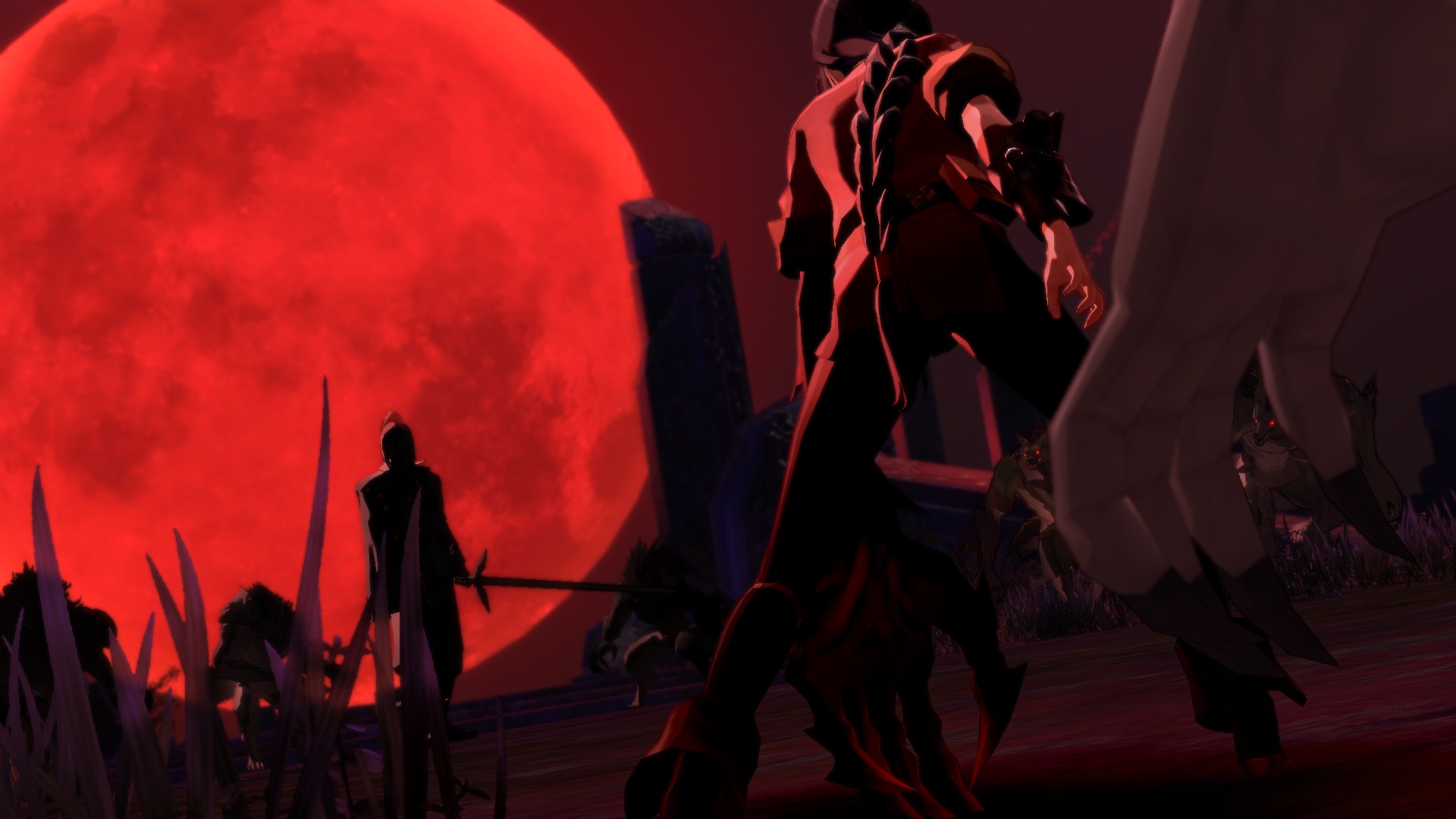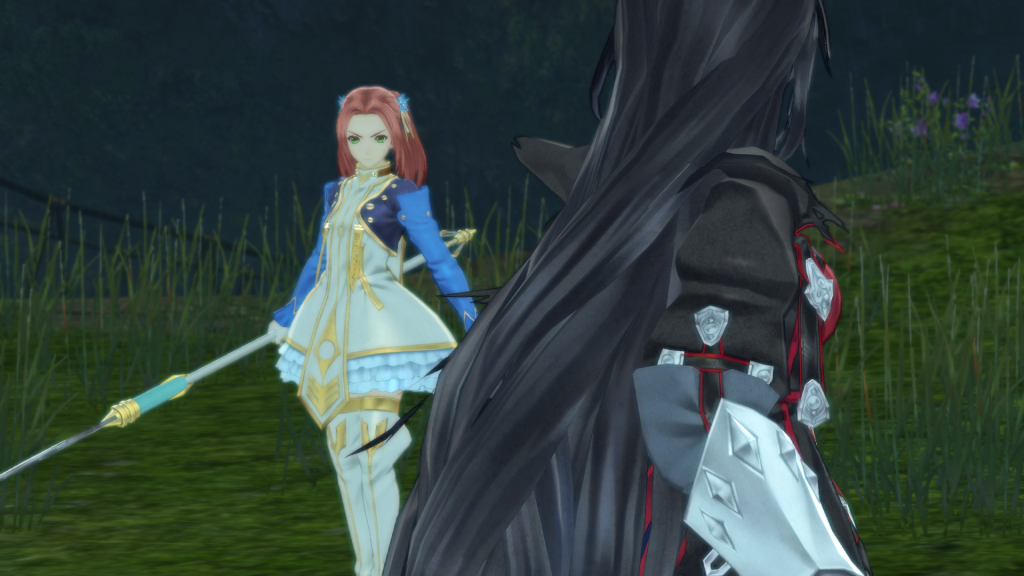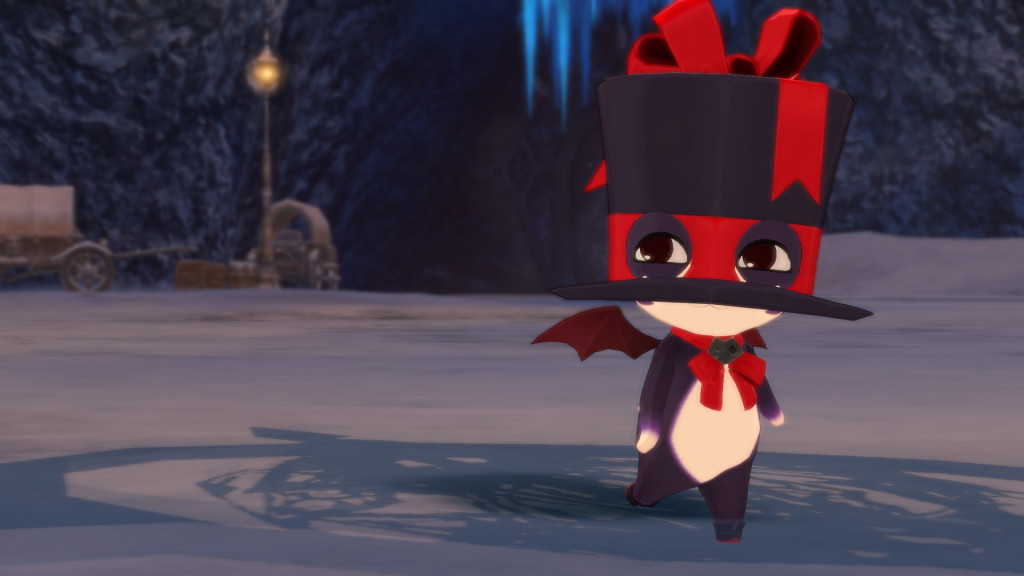Platforms:
PS4, PC
Released:
January 27, 2017
Publisher:
Bandai Namco Entertainment
Developer:
Bandai Namco Entertainment
It goes without saying that I am, what you would call an RPG fan boy, and even more so when it comes to JRPG’s, so when I was given the opportunity to review Tales of Berseria I was on it faster than a Golden Chocobo on a Gysahl Green. Having only recently started playing the Tale’s series in earnest, Berseria was a step away from what I had been familiarised with over the past few years. Its game play was reinvented, the story was dark and emotional, and its overall feel was something I’d not encountered in any of its prior releases, including its “same world” processor Tales of Zestiria. With all this rushing through my head I was excited to see what Berseria had in store for me.
In the first few minutes you are treated to a brilliant anime opening sequence with a classic J-Pop number, and you can’t help but get psyched for the game to come. The beginning of Berseria starts off as most JRPG’s do, with a nice idyllic surrounding of townspeople who are all nothing but nice and quaint, while you, the player, explore your surroundings. It’s here we meet our protagonist Velvet, a 16 year old girl who tends to her frail younger brother Laphicet and trains under the skilful eye of her brother-in-law Arthur. Having experienced trauma earlier in her life, due to an attack on their village 9 years prior from creatures called Daemons, Velvet tends to be a bit more overprotective of Laphicet, but it’s clear she does it out of love.
Sadly, this time of peace is short lived as Velvet’s world is rent asunder once more. Daemonblight, a disease that causes those infected to lose their humanity and turn into vicious daemons, spreads through her village and claims the lives of nearly every townsperson. Searching frantically for her younger brother Velvet happens upon him alongside Arthur, but not everything is as it seems. Without spoiling it too much, the events that transpire here are what drive the story ahead for the rest of the game, Velvet is cast into darkness and blood, death, and revenge are the only things she now desires.

The gameplay of Berseria utilizes many of its classic “Tales” tropes such as dungeon exploration, item customisation, character skits, and Katz mini-games to keep it’s loyal fans happy, but I’m always happiest when something new or reimagined is introduced into an existing game series, and Berseria doesn’t disappoint. The battles of Berseria are similar to that of a standard Tales game, utilising the Liberation Linear Motion Battle system of Zestiria to keep movement smooth, but this time around they done away with Technical Points which granted players the use of battle artes and have introduced a new mechanic Soul Gauge.
At the start of every battle players will begin with 3 soul gauges, out of a possible 5, that will deplete as artes are used and will replenish given enough time, and increase to a full five when certain conditions are met. This updated system encourages players to battle with strategy as it doesn’t take much to deplete a single gauge, and you can actually find yourself having only one soul gauge to utilize if you’re too careless. Employing no action on the battlefield will replenish existing gauges, while, dodging precisely, and defeating enemies will increase a player’s soul gauge capacity and grant them access to more powerful combos and attacks such as mystic artes, and should be used when the opportunity presents itself.

Players with more than three Soul Gages will be able to perform a unique action known as Soul Break, which for the cost of one Soul Gauge will grant its user the power to perform special and often powerful techniques to help turn the tide in battle – each character has their own unique soul break, with more to learn as you progress, and will often require certain conditions to be met before using them. Lastly, when switching out one character for another during battle, players will be able to use a technique called Switch Blast, which for the cost of a players Soul Gauge, will result in the newly summoned character using a special arte upon arrival, providing offence the moment they arrive.
“It’s clear that Berseria is a game that’s focused on storytelling.”
Battle mechanics aside, Berseria’s real potential as a classic JRPG’s can be derived from its story and character development. With a slightly smaller cast of playable characters, six to be exact, Velvet, Laphicet, Rokurou, Magilou, Eizen, and Eleanor all possess their own individual backstories and character progression within the game. Interactions between characters in playable skits and cut scenes are colourful, funny, and sometimes sinister in tone, made all the richer for this, it’s clear that Berseria is a game that’s focused on storytelling.
With the option of playing the game in either English or Japanese, I decided for a more authentic feel and selected the latter – having a vast pool of anime knowledge this didn’t go unappreciated as the voice acting was always on point and had me engaged from start to finish. However, I would recommend those who aren’t used to subtitles and the occasional swift reading stint to strongly consider attempting their first play through in English as the game can be dialogue heavy at times and will require your full attention
For the character customisation nuts out there, you’ll be pleased to note that appearance, weaponry; armoury and even battle artes are all interchangeable and will require a fair amount of personalisation to fit your style of gameplay. Players will be able to learn abilities from the equipment they don through battle experience, and will also be able to upgrade their parameters using the items found after battle, or created by merchants. Also, it’s worth noting that tutorials and area maps are an inexhaustible source of help to guide players through the sometimes hazy gameplay objectives, so make sure to utilize them as best you can.
Of course, despite the immense praise I’m giving Berseria there are some things that even a veteran RPG fan-boy, like myself, can not looks past. For a game that was apparently developed for current-gen consoles, the graphics in Berseria are slightly underwhelming, and in my opinion do not utilise the full capabilities that even its predecessor, Tales of Zestiria, did. The starting game prologue and tutorial were a little too long winded, for my liking, and seem to take ages to complete, and it has been noted that there is a fair amount of back tracking in the ever-so-linear dungeons to progress the story, something any gamer can’t stand. Lastly, with the exclusion of Flow’s opening number, the games soundtrack wasn’t all that memorable, it was nice, but not anything I’d find myself humming along to while playing. These slights on the game as whole, do very little as it is to be expected that the tedium of the games beginning to be a bit slower in pace, and dungeons and caves are no one’s favourite thing to explore.
Positive:
- Fantastic character development
- Great voice acting cast
- Creative battle mechanics
Negative:
- Overly long prologue
- Repetitive dungeon crawling
As far as JRPG’s go Tales of Berseria, is certainly one I’d recommend to any RPG gamer looking to sink their claws into something with a bit more substance. While I’m only half way through this 60 hours+ game, I’m really keen to continue playing and to see how Velvet quest for revenge and possible redemption goes. If you’ve found yourself questioning if the Tales Series is worth a go, I suggest giving this instalment in the series a fair whack. You won’t be disappointed.


















